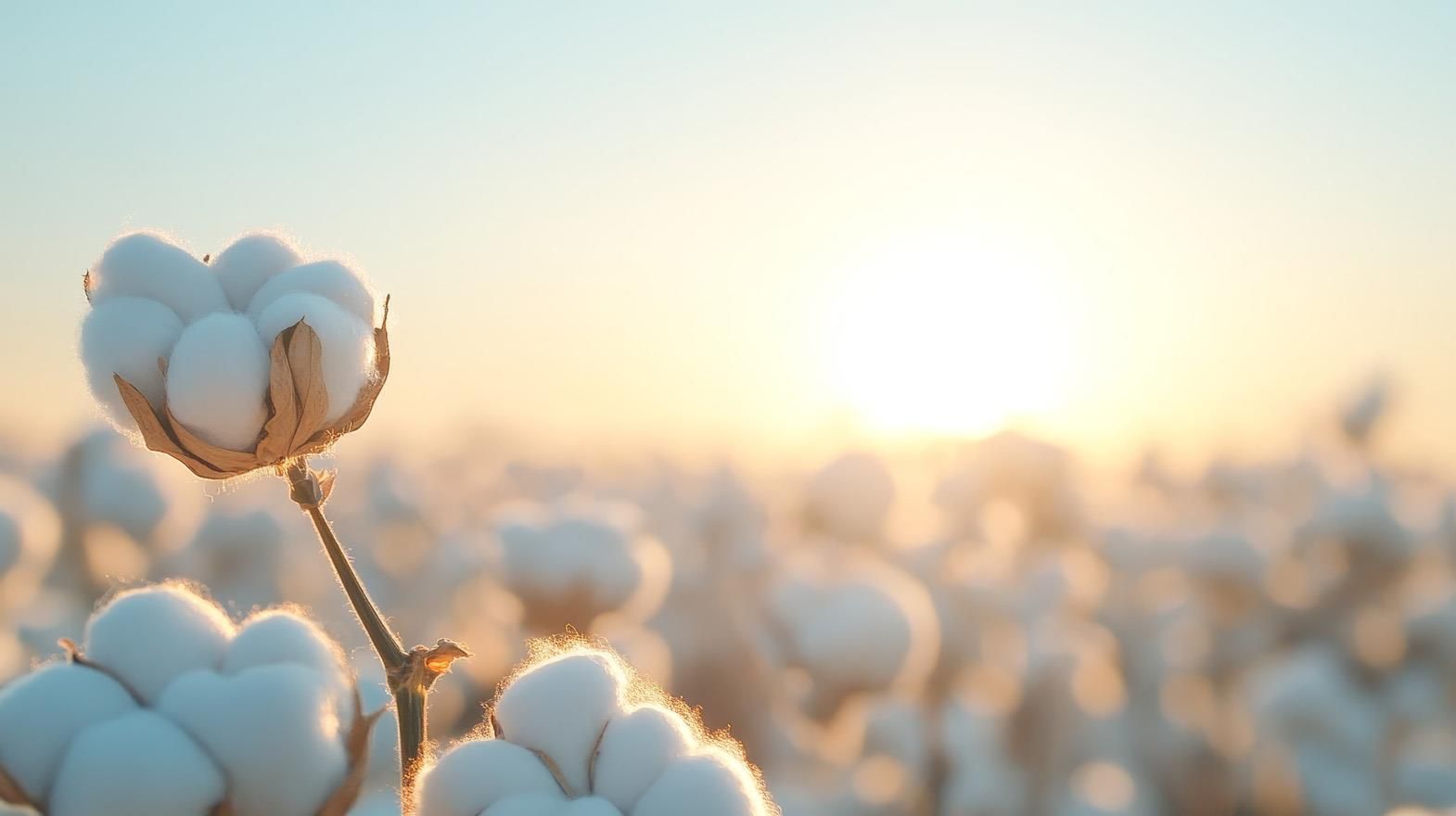Like coffee, and fine wine cotton varieties also differ based on their virtues. One touch of this cotton explains how luxurious cotton can be!
Pima cotton is a general name for extra long staple (ELS) cotton. Primarily grown in Peru, it is also cultivated in other countries such as US, and Australia. Known as a superior blend of cotton owing to its durability and absorbing abilities,the cotton acquires its name after the American Indians called 'Pima' who were the first to cultivate it in US.
Pima Vs Egyptian cotton:
All cotton grown in Egypt is called Egyptian cotton, but not necessarily ELS (ExtraLong Staple) cotton. Egypt is one of the worlds largest producers of ELS, and comprises of 15 percent of annual ELS cotton exports. Pima cotton has some similarity with the Egyptian cotton which is used in the making of home textiles. It is mainly cultivated in the Southwestern parts of US where the climatic conditions are more or less similar to that of Egypt. Though threads spun from pima cotton are shorter than Egyptian cotton comparatively, it still can be woven into a soft and dense fabric. While ordinary cotton fibres measure between 1⁄2" to 3⁄4" Pima cotton is exceptionally long with 1-3/8" staple length.
Global market for Pima cotton:
Pima cotton is admired worldwide for its exceptional softness, durability and luster. Products made from 100 percent pima cotton have superior durability comparatively than those made from other cotton varieties. The fineness of thepima cotton enables fibres to be spun into a yarn of given count, enhancing asoft feeling, drapeability, and alluring shades to the fabric. Around 75% of the cotton cultivated in US is consumed
offshore.
Japan is the world's biggest importer of ELS cotton. The fine count textile mills of Japan consume more than two-thirds of the annual ELS cotton of US suppliers. Other countries that consume more pima cotton for majority of their fine count yarn production are India, Bangladesh, South Korea, Pakistan, Taiwan, and Switzerland.
Pima's virtues of being finer and longer staple length makes it a premium cotton fibre. It is used in spinning fine count yarns, which can be knitted and woven in the making of fine and luxurious textiles. Seeds of pima cotton are not genetically modified, thus making it completely organic. Grown in the areas of West and Southwest of US, Pima cotton requires a hot and dry climate. Pima is mainly cultivated in Arizona, California, Texas, and New Mexico. The cotton is cultivated on furrowed rows which can be watered and weeded regularly. Comparatively production costs of pima cotton are much higher than the upland cotton costs in the same area. Ginning is more expensive as pima cotton is roller ginned and not saw ginned as is done with upland cotton.
Pima cotton is mostly used in making shirts, and woven sweaters. They are light weight and yet provide warmth. Socks are also prepared with a blend of elastic. Fabrics made from Pima cotton posses good thickness giving durability to the apparel. Garments made from this cotton last 50 times much longer than other cotton varieties. Garments made from Pima cotton makes a perfect clothing choice of people who suffer from allergies, or have a sensitive skin. Its super absorbent ability attracts more stains rapidly. So it is sometimes coated with stain guards to prevent the fabric from staining quickly. Pima cotton has gradually become a preferred choice of world's fine count yarn spinners.
References:
Supima.com
Organic-cotton-co.com








Comments